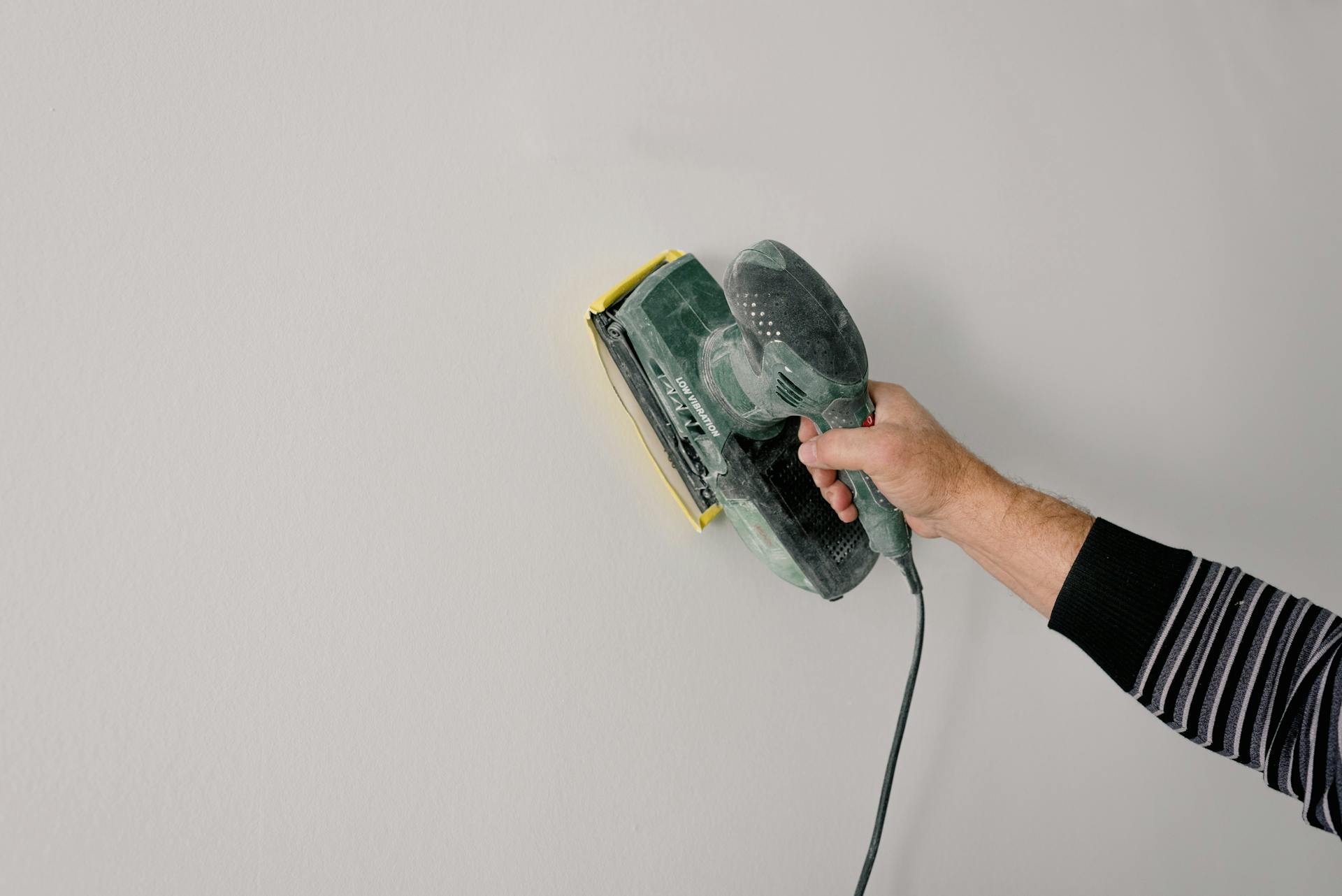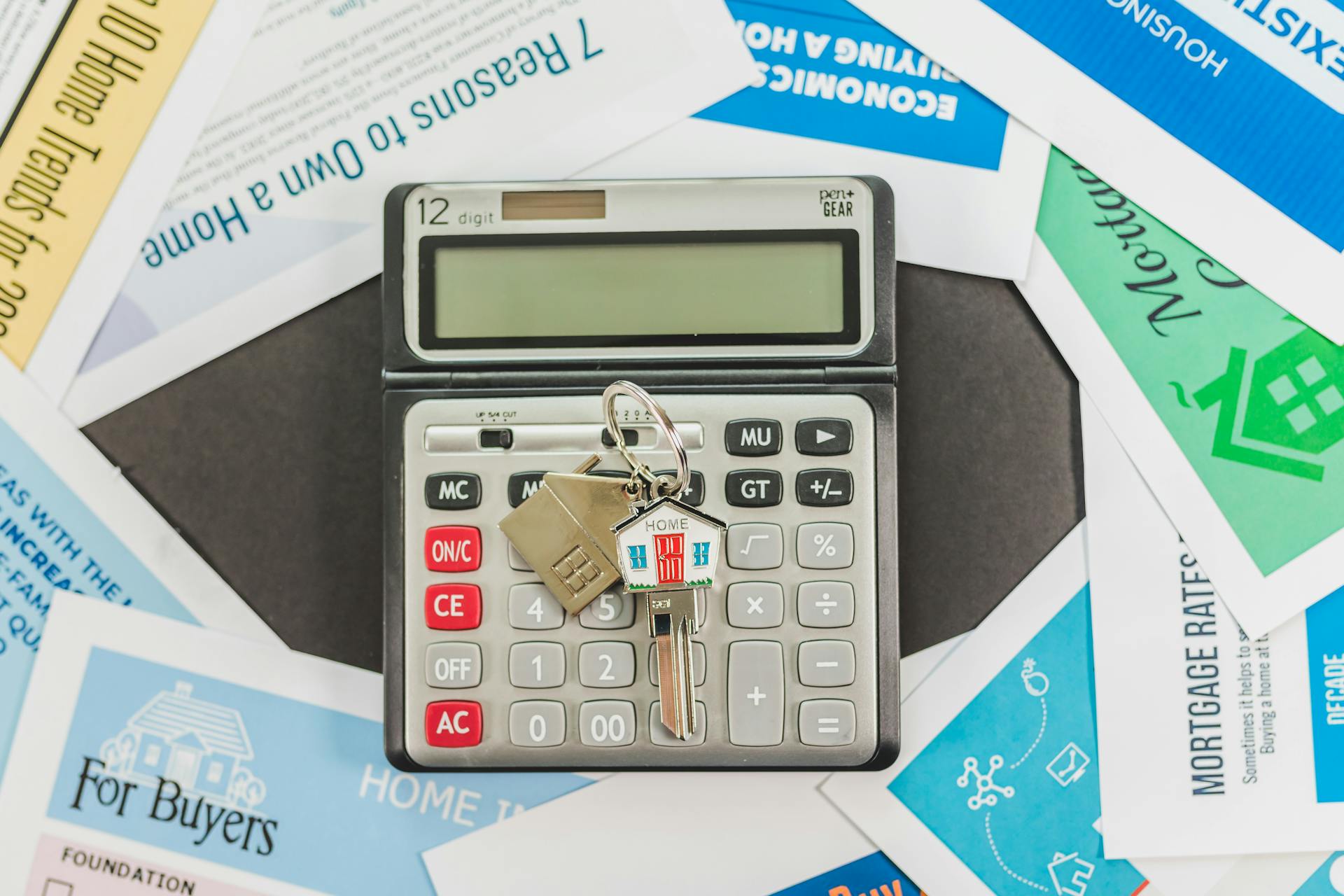
Heloc rates have varied significantly over the years, with notable changes occurring in the early 2000s.
In 2001, the average heloc rate was around 7.5%, a relatively high point in recent history.
The early 2000s saw a significant increase in heloc borrowing, with many homeowners tapping into their home's equity to finance large purchases or pay off debt.
What is a HELOC?
A HELOC is a line of credit that allows you to borrow against the equity in your home. Equity is the percentage of your home that you own outright, calculated by subtracting the amount you still owe on your mortgage from the total value of your home.
For example, if your home is worth $525,000 and you still owe $325,000, your equity is $200,000. Most banks allow you to take out a line of credit in an amount that's equal to a portion of your equity, often 80% to 85%.
The typical HELOC is split into two distinct periods: the draw period and the repayment period. During the draw period, you can borrow from the HELOC via multiple transactions, just like you would with a credit card.
Understanding HELOC Rates
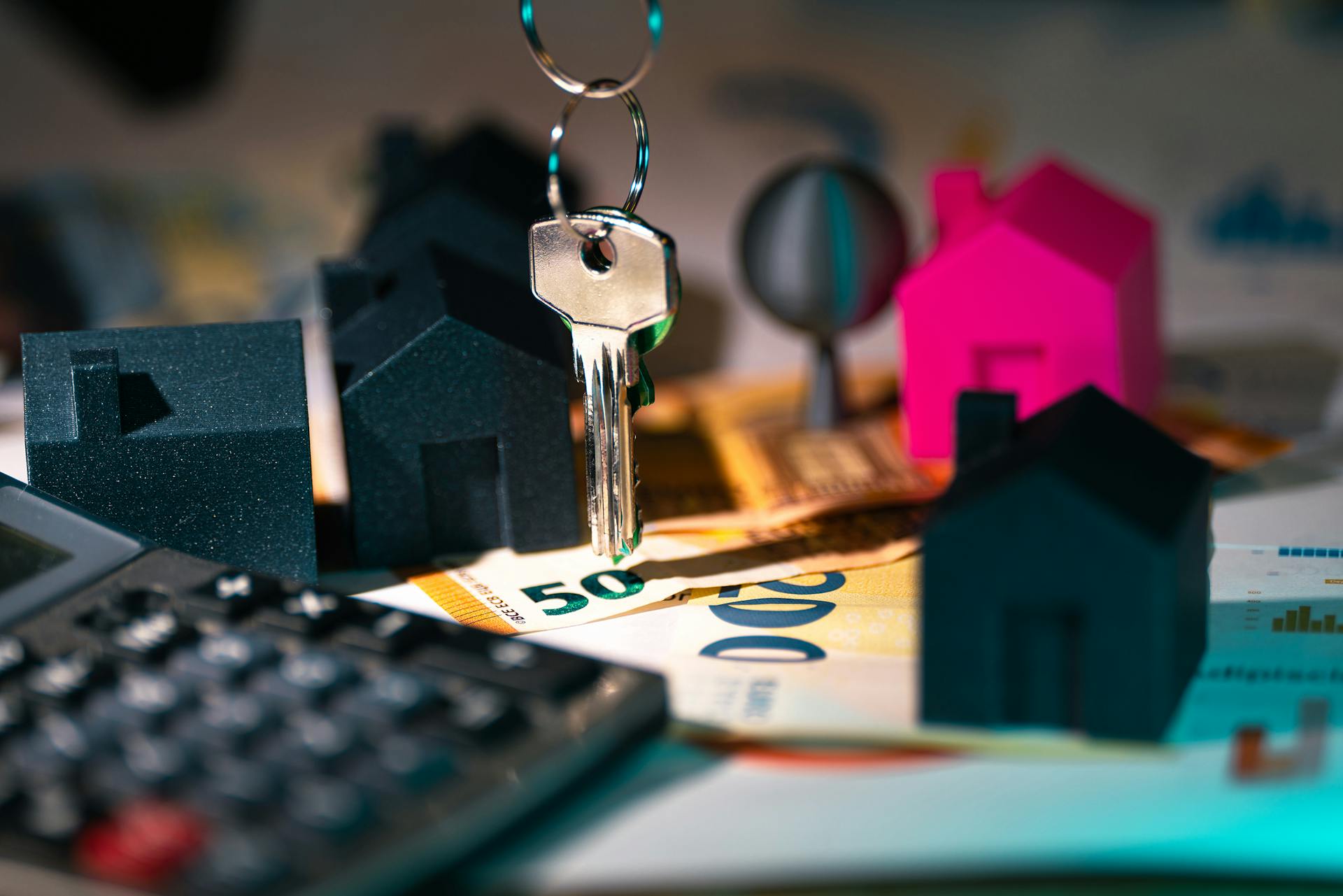
As of August 12, 2024, the average HELOC interest rate stands at approximately 9.37%, but individual rates can vary significantly. Rates can be as low as 8.59% and as high as 11.14%, depending on factors such as the lender, your loan-to-value (LTV) ratio, and your credit score.
Borrowers with an LTV of 80% may encounter rates around 9.28%. This reflects not only the current financial climate but also the ongoing adjustments by the Federal Reserve as they strive for monetary stability in the face of inflation.
Here are some key factors that influence HELOC rates:
- Federal Reserve Interest Rates: The Federal Reserve sets the federal funds rate, which directly influences the prime rate, the benchmark for many HELOCs.
- Credit Profile: Lenders assess your creditworthiness based on your credit score, income, and debt-to-income ratio. A higher credit score typically secures a lower interest rate.
- Loan-to-Value (LTV) Ratio: The less equity you have in your home (reflected by a higher LTV ratio), the more risk lenders assume, usually resulting in higher interest rates.
- Market Conditions: Economic indicators, such as inflation and unemployment rates, affect lender policies and, consequently, the interest rates on HELOCs.
Recent Stabilization
Recent Stabilization in HELOC Rates is a welcome trend for those considering taking out a Home Equity Line of Credit (HELOC). As of recent months, HELOC rates have shown signs of stabilizing.
This means that while rates are still high, the volatility that characterized earlier months has lessened. Borrowers can breathe a sigh of relief as rates are becoming more predictable.
Federal Reserve Policies are playing a significant role in this stabilization. A more cautious approach to rate adjustments suggests the possibility of steadier rates in the near future.
Market Adjustments are also contributing to this trend. Lenders are adapting to the current economic conditions, offering competitive rates as they seek to attract borrowers.
If you're considering a HELOC, it's essential to know that rates can vary significantly depending on factors such as the lender, your loan-to-value (LTV) ratio, and your credit score. For example, borrowers with an LTV of 80% may encounter rates around 9.28%.
Here's a rough idea of what you can expect in terms of HELOC rates:
Keep in mind that these rates reflect the current financial climate and the ongoing adjustments by the Federal Reserve as they strive for monetary stability in the face of inflation.
Factors Affecting HELOC Rates
Factors Affecting HELOC Rates can seem complex, but understanding the basics can help you make more informed decisions.
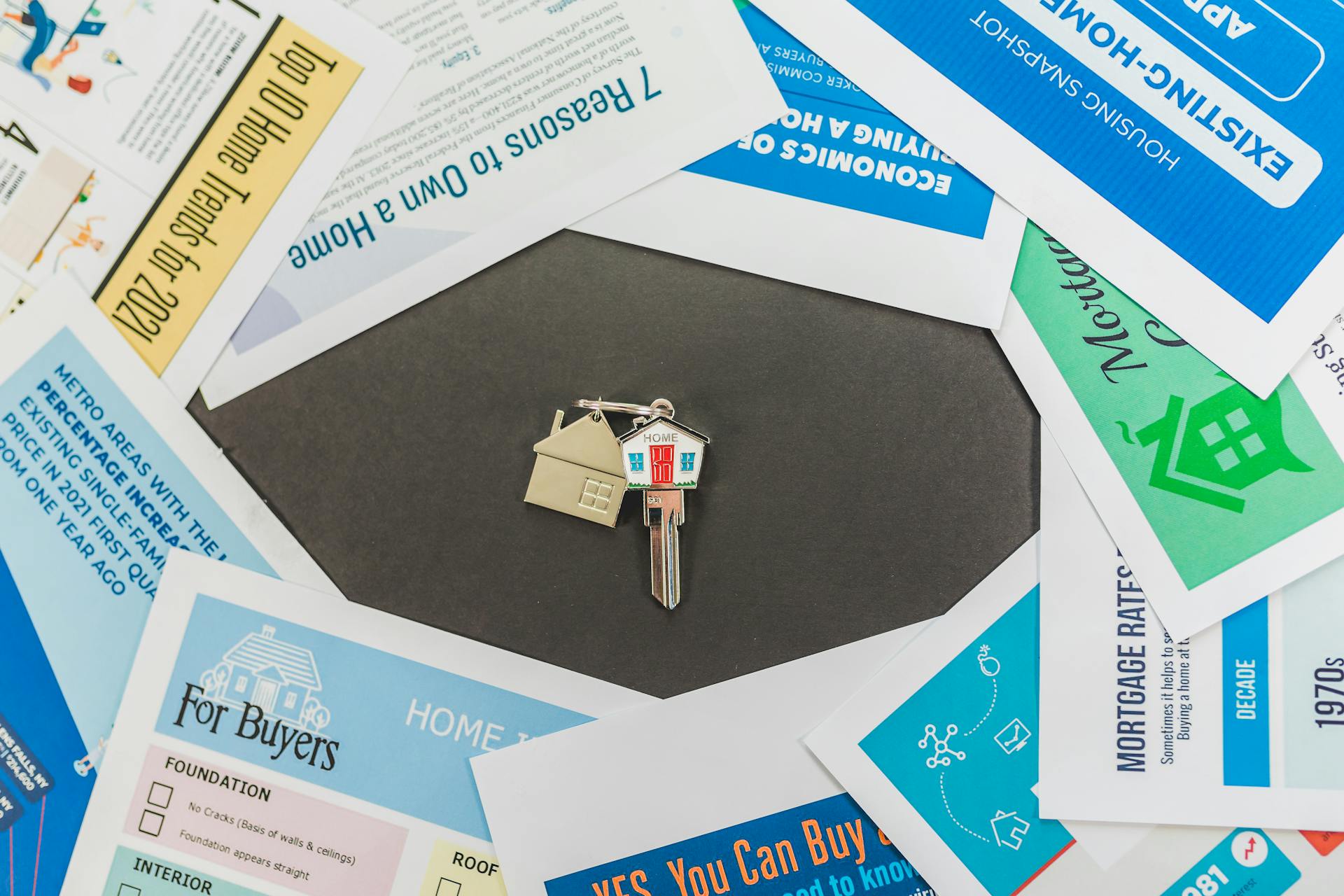
The Federal Reserve sets the federal funds rate, which directly influences the prime rate, the benchmark for many HELOCs. This rate has recently increased to curb inflation.
Your credit profile plays a significant role in determining your HELOC rate. A higher credit score typically secures a lower interest rate. This is because lenders assess your creditworthiness based on your credit score, income, and debt-to-income ratio.
The Loan-to-Value (LTV) Ratio is another key factor. The less equity you have in your home (reflected by a higher LTV ratio), the more risk lenders assume, usually resulting in higher interest rates.
Market conditions also impact HELOC rates. Economic indicators, such as inflation and unemployment rates, affect lender policies and, consequently, the interest rates on HELOCs.
Here are some key factors affecting HELOC rates in a concise list:
- Federal Reserve Interest Rates
- Credit Profile
- Loan-to-Value (LTV) Ratio
- Market Conditions
HELOC Options and Alternatives
If you're considering a HELOC, you have options and alternatives to explore.
A HELOC, or Home Equity Line of Credit, allows homeowners to borrow against their home's equity, but it's not the only option. According to historical data, HELOC rates have varied significantly over the years.
You can consider a home equity loan, which provides a lump sum of cash upfront, as an alternative to a HELOC. This type of loan often has a fixed interest rate and repayment term.
HELOCs vs. Alternatives
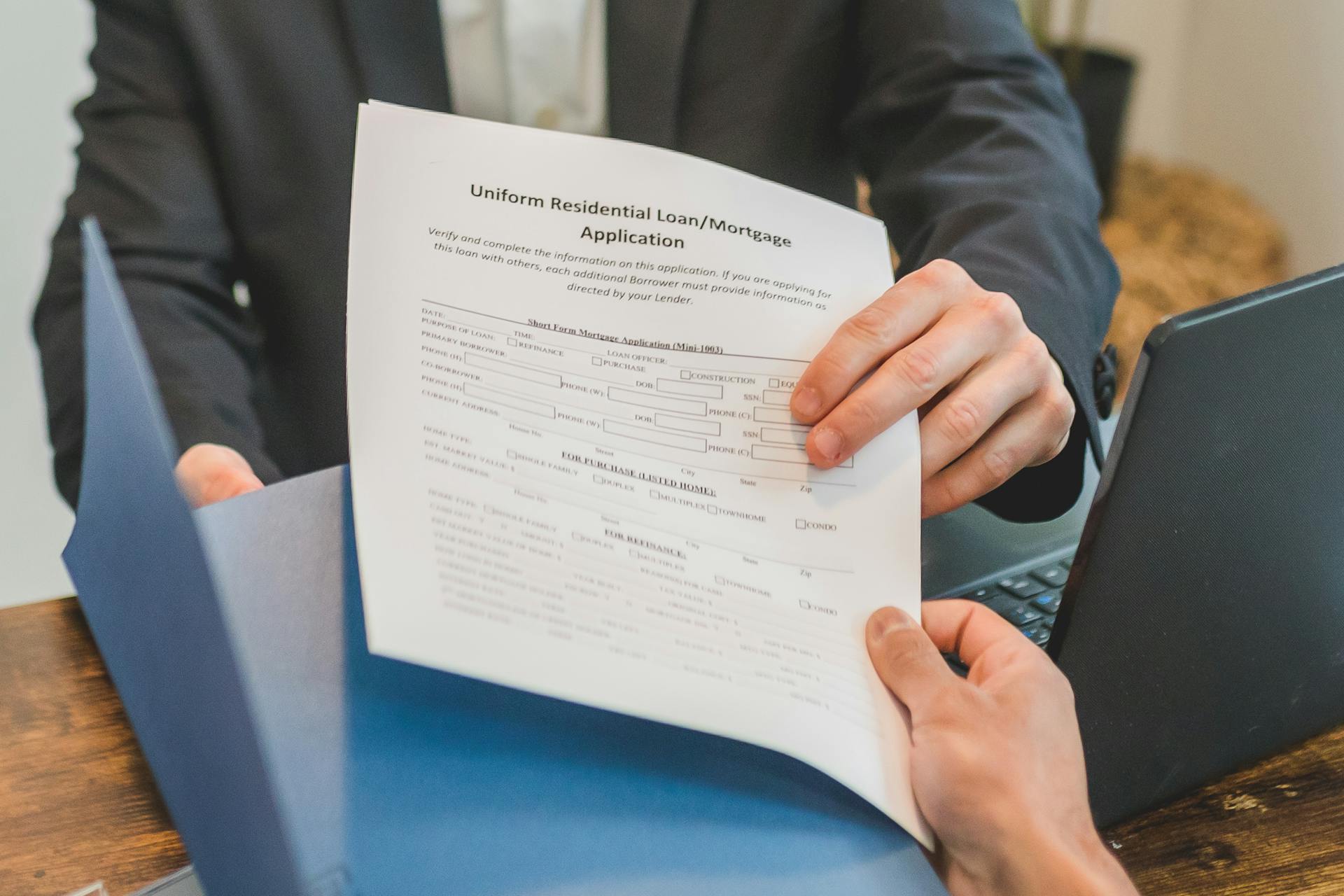
The Tax Reform Act of 1986 removed the tax deduction for interest paid on non-mortgage debt, making home equity loans a more attractive alternative to other loans. This change in tax law had a significant impact on the popularity of home equity loans.
Home equity loans offered a way to access cash from your home's equity without having to sell your property. The interest rates on home equity loans were often lower than those on other types of loans, making them a more affordable option.
The Tax Reform Act of 1986 created a tax advantage for home equity loans that other types of loans did not have. This advantage helped to make home equity loans a more appealing choice for people looking to borrow money.
HELOCs vs Home Equity Loans
A HELOC is different from a home equity loan in how the money is disbursed. You receive a lump sum with a home equity loan, similar to a personal loan or a second mortgage.
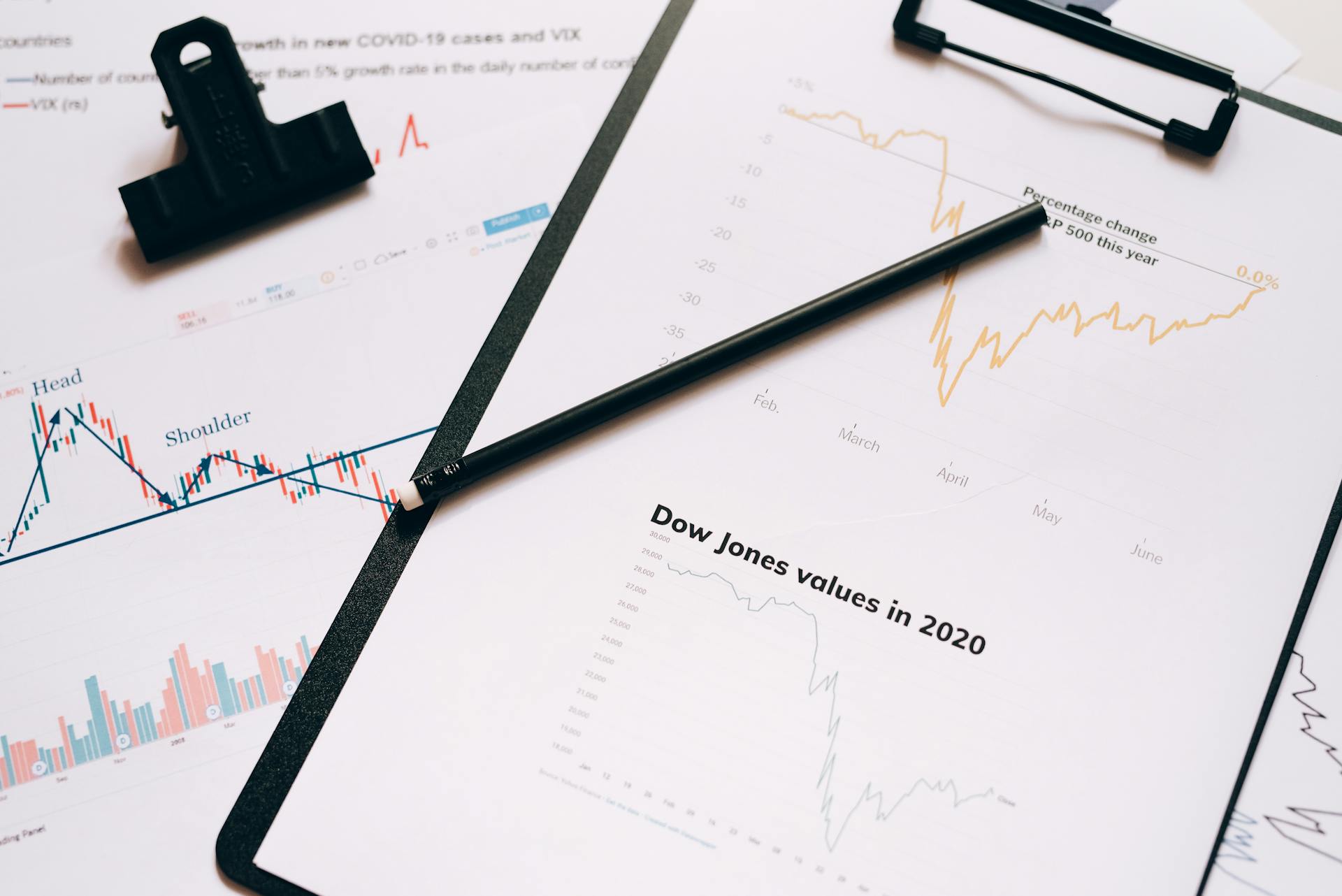
A HELOC functions more like a credit card because you can borrow money when and if needed. You only make payments on money you borrow, and interest only accrues on money you borrow with most HELOCs.
With a home equity loan, you make fixed payments that are predictable each month, similar to a personal loan. This can be a big advantage if you like knowing exactly how much you'll be paying each month.
History of Home Equity Loans
Home equity loans have a fascinating history that dates back to the 20th century. Most home equity loans were originated by consumer finance companies and individuals.
By the 1970s, traditional banks started adding these products to their offerings, allowing consumers to access equity-based lines of credit by writing a check.
The Tax Reform Act of 1986 significantly impacted the home equity loan market. It removed the tax deduction for interest paid on non-mortgage debt, making home equity loans a more attractive alternative to other loans.
Frequently Asked Questions
Are HELOC rates expected to go down?
Yes, HELOC rates are expected to decrease as the federal funds rate continues to drop, making them a potentially more affordable option.
What is considered a good HELOC rate?
A good HELOC rate is typically around 8.5 percent or lower, significantly lower than the average rates of 10 percent or more charged by some lenders. If you're considering a HELOC, look for rates below 8.5 percent to save on interest and costs.
Sources
- https://www.cbsnews.com/news/how-far-heloc-interest-rates-have-dropped-in-2024/
- https://money.stackexchange.com/questions/24449/where-can-i-find-historical-data-on-home-equity-loan-rates
- https://www.noradarealestate.com/blog/tag/heloc-rates/
- https://www.investopedia.com/history-home-equity-loans-5324387
- https://www.interest.com/loans/heloc/rates/
Featured Images: pexels.com

